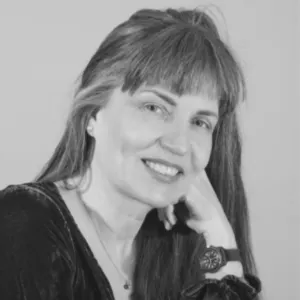In brief:
- The founder of DeFi platform Curve took over more than two-thirds of the Curve DAO voting power.
- The move appears to be an overreaction to Yearn.finance attaining close to 58% of the voting power.
- Egorov has apologized.
The “decentralized” part of decentralized finance came into question today for Curve when founder and CEO Michael Egorov took over 71% of the voting power for the platform’s DAO.
An Ethereum-based DeFi liquidity pool and exchange platform, Curve lets holders of its CRV governance token lock up their tokens to obtain a separate voting token, veCRV.
Holders can then use veCRV to vote on network proposals submitted through the Curve DAO, and those with a high enough veCRV can even submit their own proposals for consideration.
However, since the token’s launch on August 14, only a small fraction of CRV holders have vote-locked their tokens, leaving a handful of addresses with a large amount of voting power.
In fact, Egorov told Decrypt that only 6.7% of the nearly 10 million CRV tokens currently in circulation are vote locked right now—an indication of how few token holders are actually participating in the DAO.
This made it fairly easy for an address controlled by yield aggregating platform Yearn.finance, which runs a Curve liquidity pool, to obtain a significant proportion of the voting power (close to 58%).
In an apparent move to counter this, Egorov (who controls address 0x9b...36b029) extended a vote lock for a total of 621,860 CRV tokens (worth ~$1.7 million) under a single address, netting him 618,568 veCRV, or 71% of the voting power. The longer a user locks up their tokens, the more voting power they have. He maxed out his vote time to four years.
“Maybe too much,” he said.
Egorov, who in the hours since holds about 60% of the voting power as the community edges him out, has full control over the outcome of any proposals submitted to the DAO.
Egorov said on Telegram that he ended up with majority voting power by trying to outweigh Yearn.finance and that it was an overreaction. “Terribly sorry. Let's fix that. I mean, I can abstain from voting but better to fix it in a proper way.”
Egorov told Decrypt that he doesn’t want to wield so much power and hopes his voting power will decrease over time as the system becomes more decentralized.
“Right now, looks like everyone else [is trying] to add some more voting power. Which is... the eventual intent,” he said.
Meanwhile, if Egorov plans to hold back on voting—a promise, at best—that also means nobody else's vote matters either until the community resolves the issue or comes up with a more permanent fix, since they need a quorum of at least 33% to propose a change and above 50% to pass an update.
Andre Cronje, founder of Yearn.finance, calculated that 150 million CRV—more than 15x the current circulating supply—would need to be locked up for a week to achieve the veCRV required to reduce Egorov's voting power to 50%.
The Curve team is optimistic that the balance of power will even out in the days ahead.
"Over the next few days, as governance kicks off and the vote locking boost is enabled, we expect to see a large growth of vote locked CRV to begin the process of decentralising the Curve protocol," Charlie Watkins, project lead at Curve, told Decrypt.
"Vote locking on Curve has barely started, [this] should give a chance to our users to vote lock,” he said.
Commenting on the fragility of on-chain governance, Kain Warwick, founder of synthetic asset creation platform Synthetix, believes events like this are only going to get worse.
“DeFi TVL is going to drive all kinds of governance attacks and most protocols are woefully unprepared,” he tweeted, referring to the billions of dollars locked up in DeFi protocols. (Warwick’s protocol, Synthetix, last month devolved much responsibility to DAOs).
So much for decentralized governance—for now, at least.
Daily Debrief Newsletter
Start every day with the top news stories right now, plus original features, a podcast, videos and more.


